Tangible Augmented Reality Archives - TARA
Unity Developer, UX Researcher, UI Designer
Researchers use online archives more because they're easier to get to, but visiting in person is still crucial. Yet, it's often hard due to time and money.
To help, we made an app called Tangible Augmented Reality Archives (TARA) using augmented reality (AR). It lets researchers explore 3D versions of artifacts from collections like Farley Fonds, which has Jewish and Holocaust items.
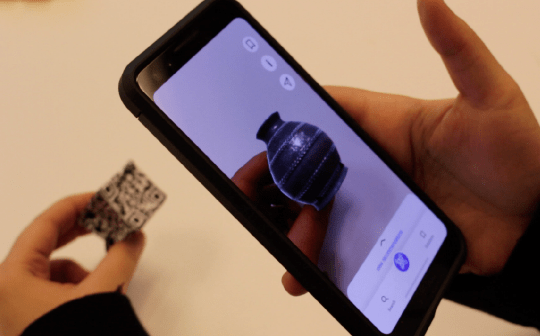
Goal
We built TARA to tackle the challenges these researchers face, like limited access to collections and the time and money it takes to visit archives in person.
3 Main Goals:
- Enhance the pre-archival stage and supplement the archival stage
- Design interfaces that build a more meaningful research experience
- Explore the possibilities of tangible and embodied interactions
Preliminary Study
We conducted a preliminary study that looks at how scholars work, finds any challenges in researching artifacts, and explores ideas for future prototypes. We think researchers want easier and more interactive ways to study artifacts. We discovered researchers switch between digital and physical tools during research. Challenges include limited online access to artifacts and the need for physical visits. Some are curious about using augmented reality (AR) for exhibitions but question its usefulness in research.
They want more online collections and better cataloging systems but still value hands-on research. Despite initial doubts, researchers are open to AR's potential, recognizing a trend toward digital methods. Based on this, we formed three main goals and framed our project around the question: How can tangible augmented reality be leveraged for cultural heritage research?
Process
Artifact Collection and Organization:

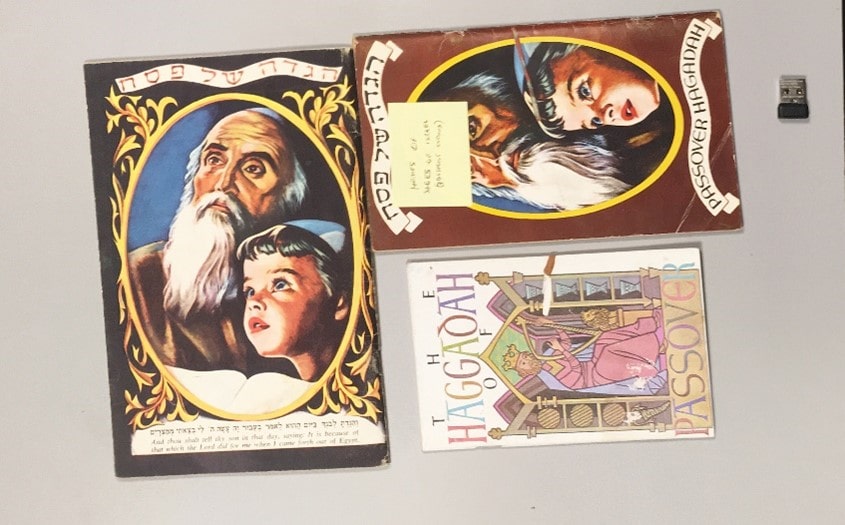
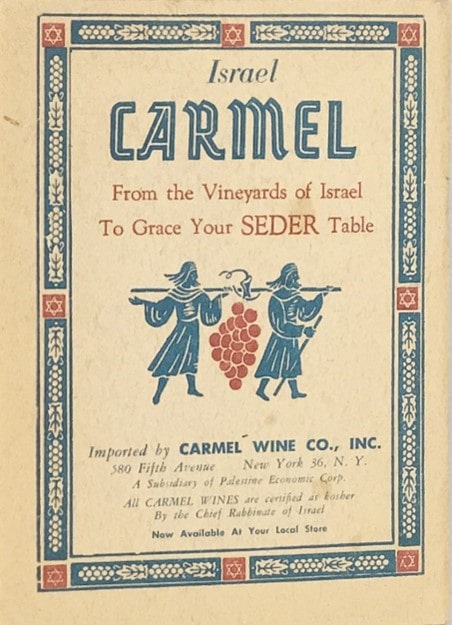
Before starting the development process, we took several steps to prepare the artifacts for proper organization and display within the app. This involved scanning each artifact from the Farly Fonds collection and cropping them to use as textures for recreating them in an AR space.
Basic Layout

Development
For our project development, we utilized Vuforia and Unity. The project hinges on an image target to showcase an AR object.
Cube Design
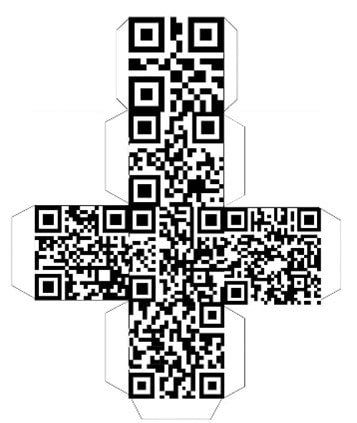

A cube’s shape best encompasses a diverse range of objects and can be effortlessly manipulated in AR due to its affordances. The cube's tactile nature makes interactions intuitive, mirroring the hands-on experience of exploring artifacts in person.
We designed a printable cube that can be constructed at home. This allows for researchers to access these artifacts at their leisure



For testing purposes, we loaded pre-existing artifacts into Unity to assess the ease of using a cube and how to position artifacts within a 3D space. We found that flat objects were best positioned above the cube, while thicker 3D objects could completely wrap around the cube for optimal viewing.
Outcome
Interactions with 3D objects proved to be novel, offering a fresh perspective. Viewing artifacts in a 3D space could enhance the archival visit experience.
Challenges
We encountered difficulties with the paper cube, as it was delicate and cumbersome to hold while also managing the phone. Constructing the paper cube also might discourage users from using the app as it is a time-consuming task.
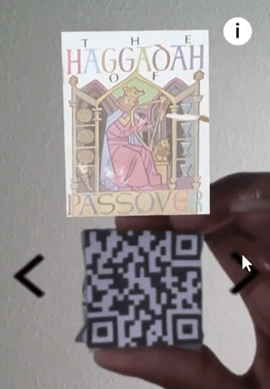
Since the artifacts from the Farley Fonds collection are flat, we had to position them above the cube. As a result, we opted to adjust the design of the image target to align better with the collection's characteristics.